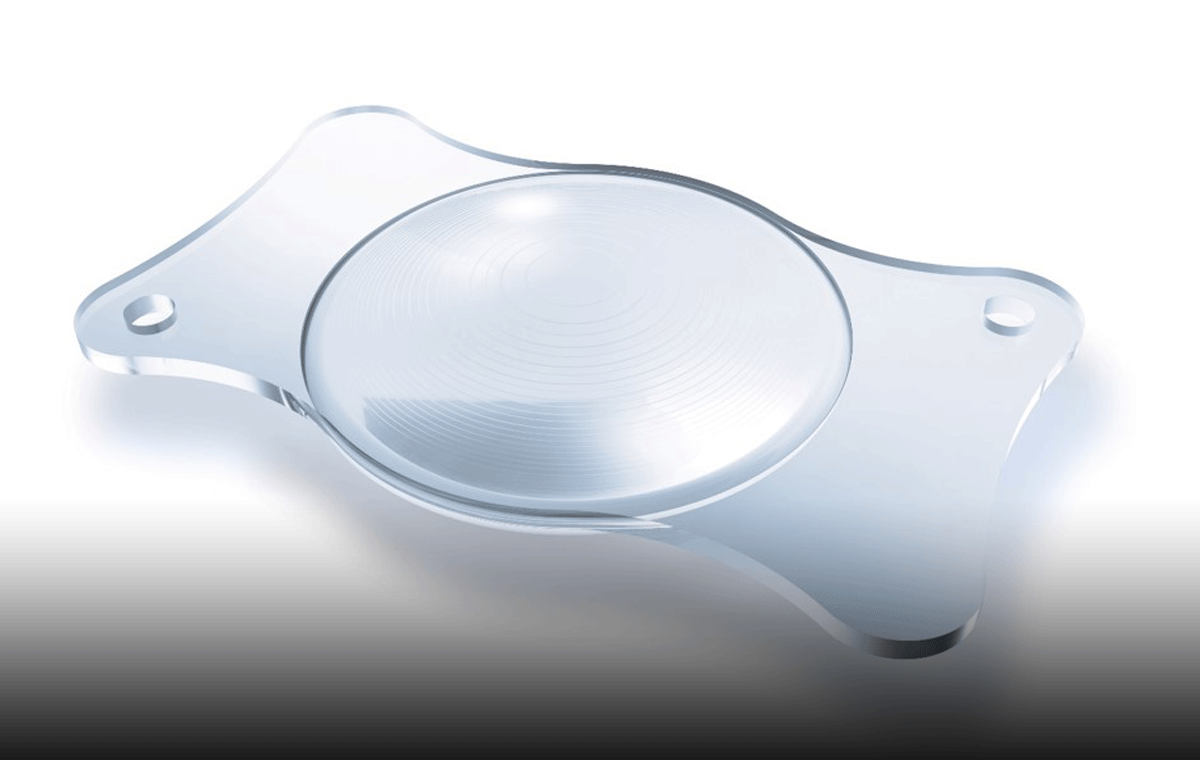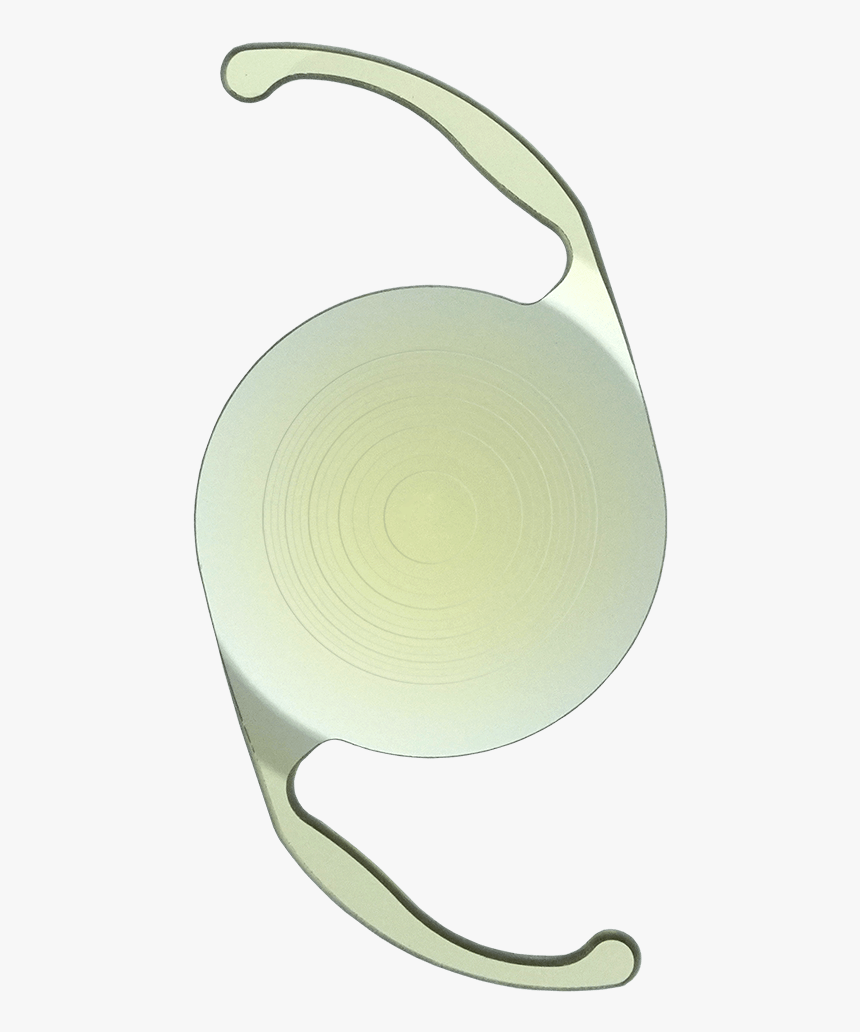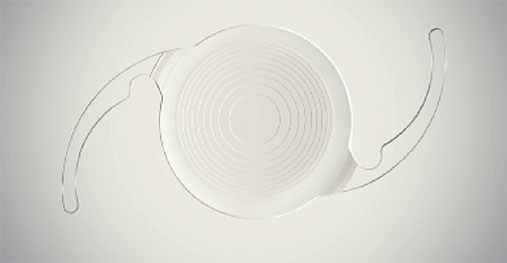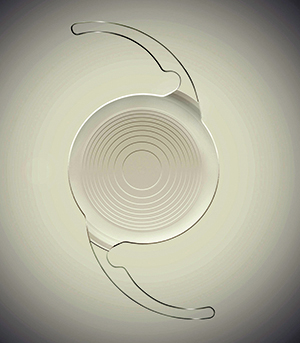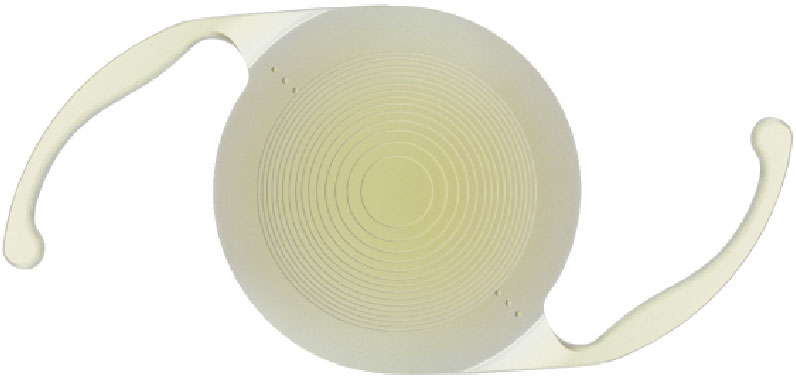MULTIFOCAL LENSES
Newer multifocal lenses which are inserted in the eye during cataract surgery or refracrtive lens exchange [for removal of glasses for near] provide vision at multiple distances.During cataract surgery, your eye’s natural lens is removed and replaced with an IOL. Standard old monofocal IOLs [ those working only for one distance] probably will give you great distance vision, but you usually would require reading glasses for near vision.
The multifocal lenses can be bifocal [working for near and distance] or trifocal [working for near distance and intermediate distances]
one of the drawbacks of bifocal IOLs is insufficient intermediate vision, which is the vision we need for tasks such as using a computer, applying makeup or playing card games that is why new generation trifocal lenses are preferred now ,enabling good vision at one, two or all three distances:
- Near: Approx. 40 cm (Reading)
- Intermediate: Approx. 80 cm (Computer work)
- Far: Beyond 100 cm (Spatial orientation)



Recent FDA approvals of newer versions of multifocal intraocular lenses (IOLs) for cataract surgery mean even more options are available for people who want to reduce or possibly eliminate their dependence on eyeglasses.
Choose right lens at the time of cataract surgery.
Do you know that …Now you can get rid of glasses for near,distance and intermediate distances [for laptop,computer,car dashboards] with latest trifocal lenses.click here to know more.
If you are a good candidate for a multifocal IOL and you choose this option, the type your cataract surgeon recommends likely will depend on your unique circumstances, lifestyle and vision correction needs.Currently these brands of approved multifocal IOLs are available:
1. Zeiss trifocal lenses [Zeiss AT LISA tri] from Germany
According to company ,this lens has Pupil independent design with a trifocal center and bifocal periphery to ensure sufficient light allocation to near distances, also during mesopic conditions.Publications repeatedly demonstrate that spectacle independence is higher than 90% with several studies reaching full spectacle independence.
2. AcrySof IQ panoptix (Alcon USA):
Accordind to company, Optical Technology in the lens provides an exceptionally high light utilization (88%) and less pupil dependence than previous generations of multifocal IOLs. This lens features a comfortable and continuous range of near to intermediate vision without compromising distance vision.
3. Tecnis multifocal/bifocal;by (Jhonson and Jhonson)… previously Abbott Medical Optics or (AMO)
This intraocular lens is an improved version of the old multifocal Array IOL and uses a design with different zones within concentric rings for focusing at varying distances.
Tecnis uses a diffractive lens design to direct light in different ways — depending on different zones in the lens. Clinical trial results leading to FDA approval in January 2009 demonstrated that having a Tecnis multifocal lens implanted in each eye resulted in 20/25 or better distance vision and 20/32 or better near vision for 93 percent of study participants.
4. Symfony Lens
Another presbyopia correcting[ near vision correcting] lenses is Tecnis Symfony lens by jhonson and jhonson which is claimed to be truely presbyopic because of its extended range of vision for near and intermediate distances in addition to distance vision as compared to traditional multifocal lenses listed below which have near vision at a fixed distance only and limited vision at intermediate distances.
Visit ; https://lasiklaserjalandhar.com/symfony-lens/ for details.
5.Accomodative lenses [Crystalens]
Another FDA-approved IOL, the Crystalens (Bausch + Lomb), also corrects presbyopia but is not a multifocal intraocular lens. The Crystalens is a monofocal IOL that enables focus at multiple distances by shifting its position in the eye, which provides accommodation.
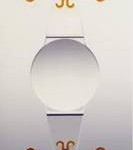

Toric multifocal lenses[for cylindrical correction]
The new versions of existing, approved multifocal IOLs are having toric designs for the additional correction of astigmatism. This reduces the need for astigmatism-correcting limbal relaxing incisions, which are crucial to achieve optimal vision previously with multifocal IOLs.
*Disclaimer …Author has no personal financial interests in any lens brands.This page information is purely for educational /awareness perposes
